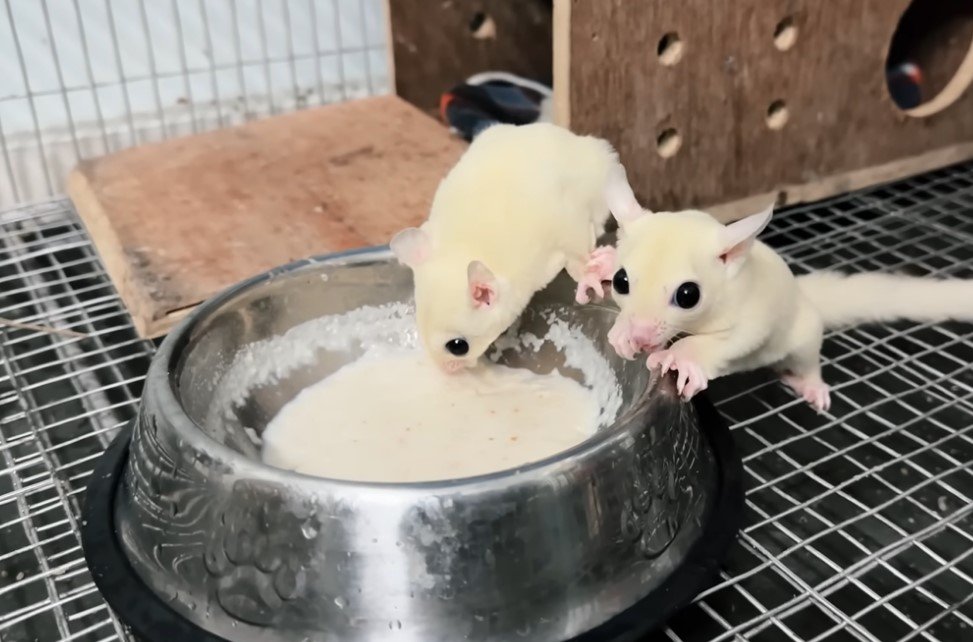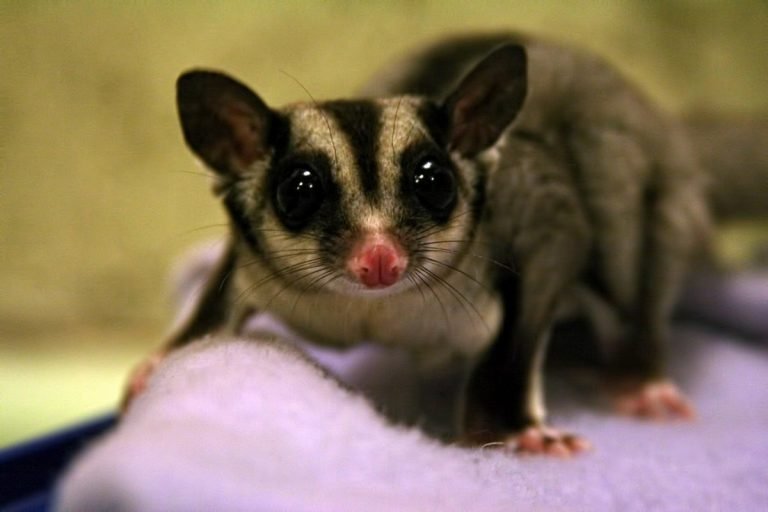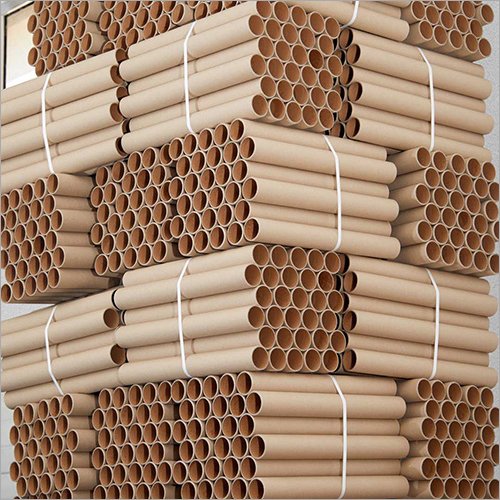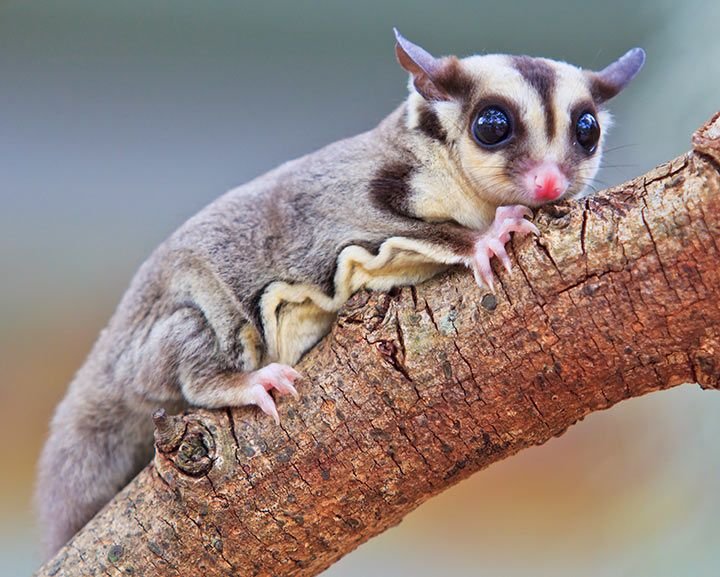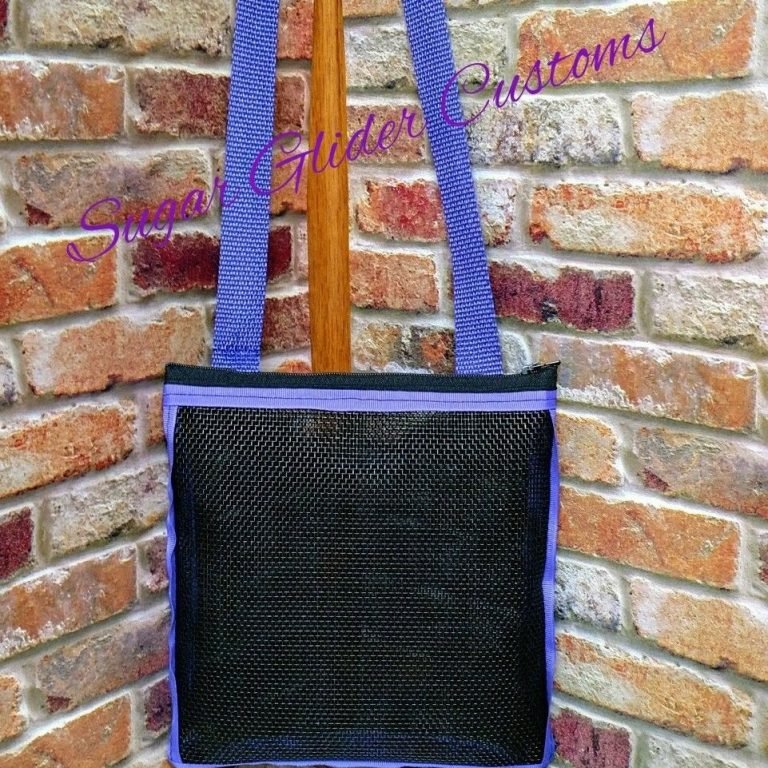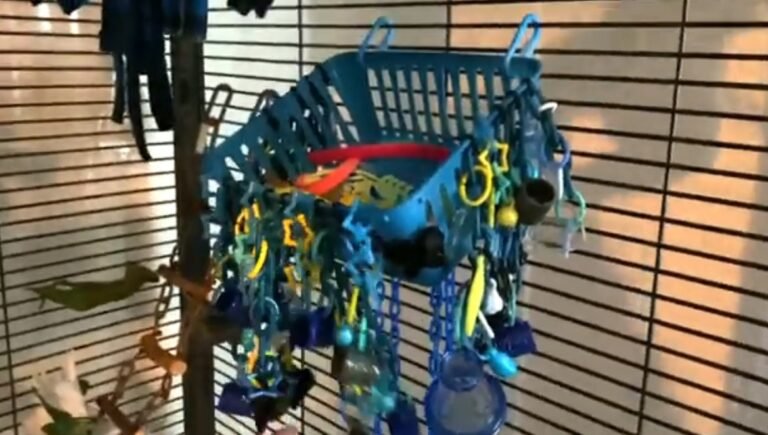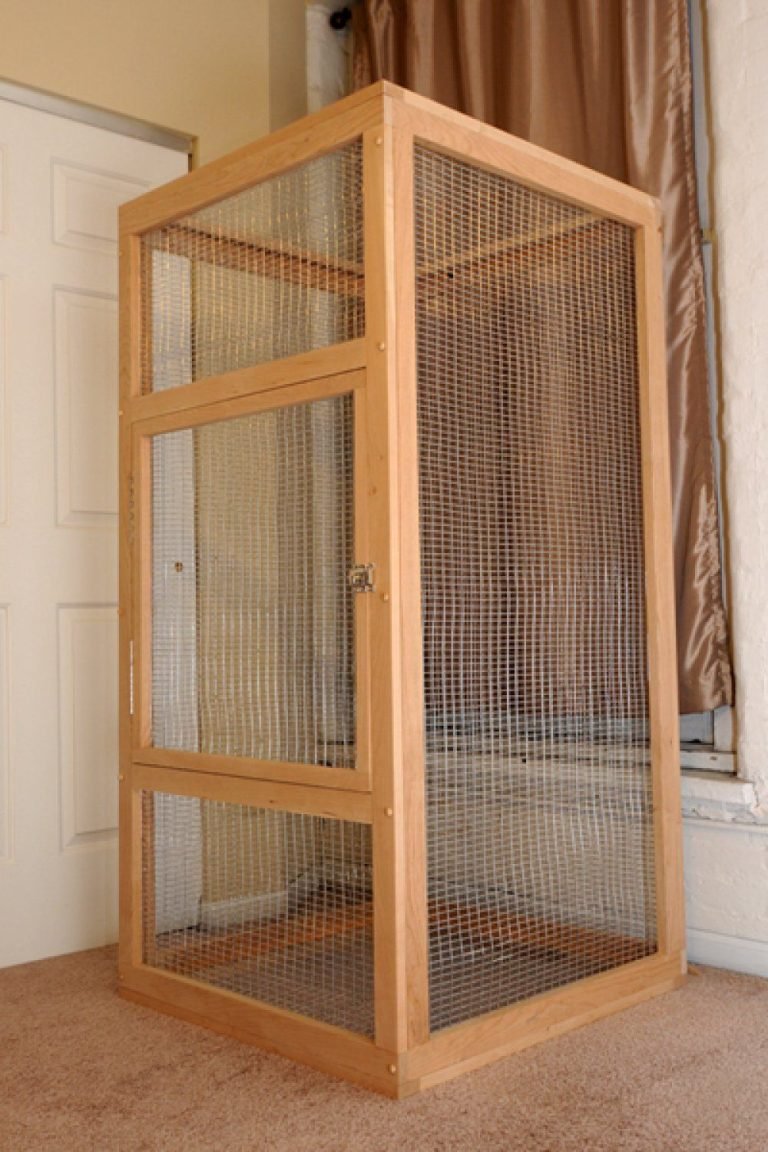What Do I Feed My Sugar Glider
Are you the proud owner of a sugar glider? These adorable little creatures make wonderful pets, but they require a specialized diet to thrive. If you’re wondering what to feed your sugar glider, you’ve come to the right place. In this article, we’ll break down everything you need to know about what do i feed my sugar glider and nutrition for your furry friend.
The Nutritional Needs of Sugar Gliders
Sugar gliders are small, omnivorous marsupials native to Australia, Indonesia, and Papua New Guinea. In the wild, they feed on a variety of foods, including nectar, tree sap, fruit, insects, and even small vertebrates. It’s important to replicate their natural diet as closely as possible to ensure their health and well-being in captivity.

Protein
Protein is an essential component of a sugar glider’s diet. It helps maintain muscle mass, supports the immune system, and provides energy. Offer your glider a variety of protein sources, such as cooked chicken, boiled eggs, mealworms, and crickets. You can also supplement their protein intake with high-quality commercial glider pellets.
Fruits and Vegetables
Fruits and vegetables should make up a significant portion of your sugar glider’s diet. Offer a wide range of options, including apples, bananas, grapes, melons, carrots, and leafy greens. These provide essential vitamins, minerals, and fiber to keep your glider healthy. It’s important to remember that sugar gliders have a sweet tooth, so they may prefer fruits over vegetables.
Nectar and Honey
In the wild, sugar gliders feed on nectar and tree sap. You can replicate this by offering them a small amount of pure, all-natural honey or a commercially available powdered nectar supplement mixed with water. Be sure to provide this in moderation, as excessive sugar intake can lead to obesity and dental issues.
Treats and Supplements
Treats should be offered sparingly, as they can be high in sugar and fat. However, they can be used as a training tool or occasional reward. Look for glider-specific treats made with wholesome ingredients, such as dried fruits or yogurt treats. Additionally, you may need to provide supplements to ensure your glider receives all the necessary nutrients. Consult with a veterinarian to determine which supplements would be appropriate for your pet.
Water
Fresh, clean water should be available to your sugar glider at all times. Use a water bottle with a sipper tube to prevent spills and contamination. Replace the water daily to ensure its freshness.
Frequently Asked Questions
Can sugar gliders eat insects?
Yes, sugar gliders can eat insects. In fact, insects are a natural part of their diet. Offer small, live insects like crickets and mealworms as a source of protein and mental stimulation for your glider.
Do sugar gliders need a calcium supplement?
Sugar gliders require adequate calcium for healthy bone development. While calcium-rich foods like leafy greens and yogurt can be included in their diet, a calcium supplement may be necessary. Consult with a veterinarian to determine the appropriate dosage and frequency.
Can sugar gliders eat human food?
While it’s tempting to share your meals with your glider, not all human foods are safe for them. Foods to avoid include chocolate, caffeine, alcohol, onions, and garlic. Stick to a balanced glider-specific diet to ensure their well-being.
Final Thoughts
Feeding your sugar glider a nutritious and well-balanced diet is crucial for their overall health and happiness. Remember to offer a variety of protein sources, fruits, vegetables, and supplements to ensure they receive all the necessary nutrients. Always consult with a veterinarian for specific dietary recommendations based on your glider’s age, weight, and overall health. With the right nutrition, your sugar glider will thrive and bring joy to your life for years to come.

